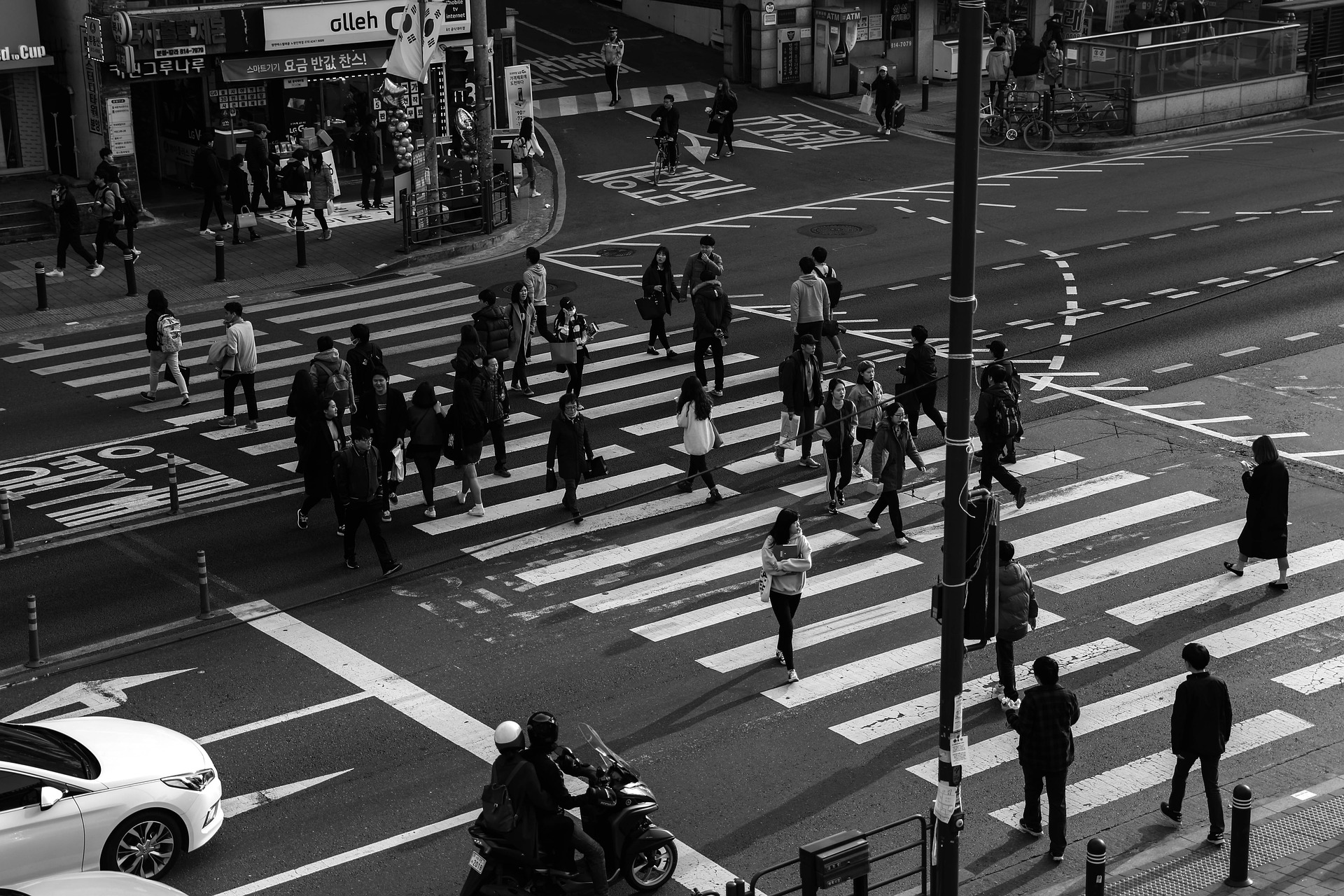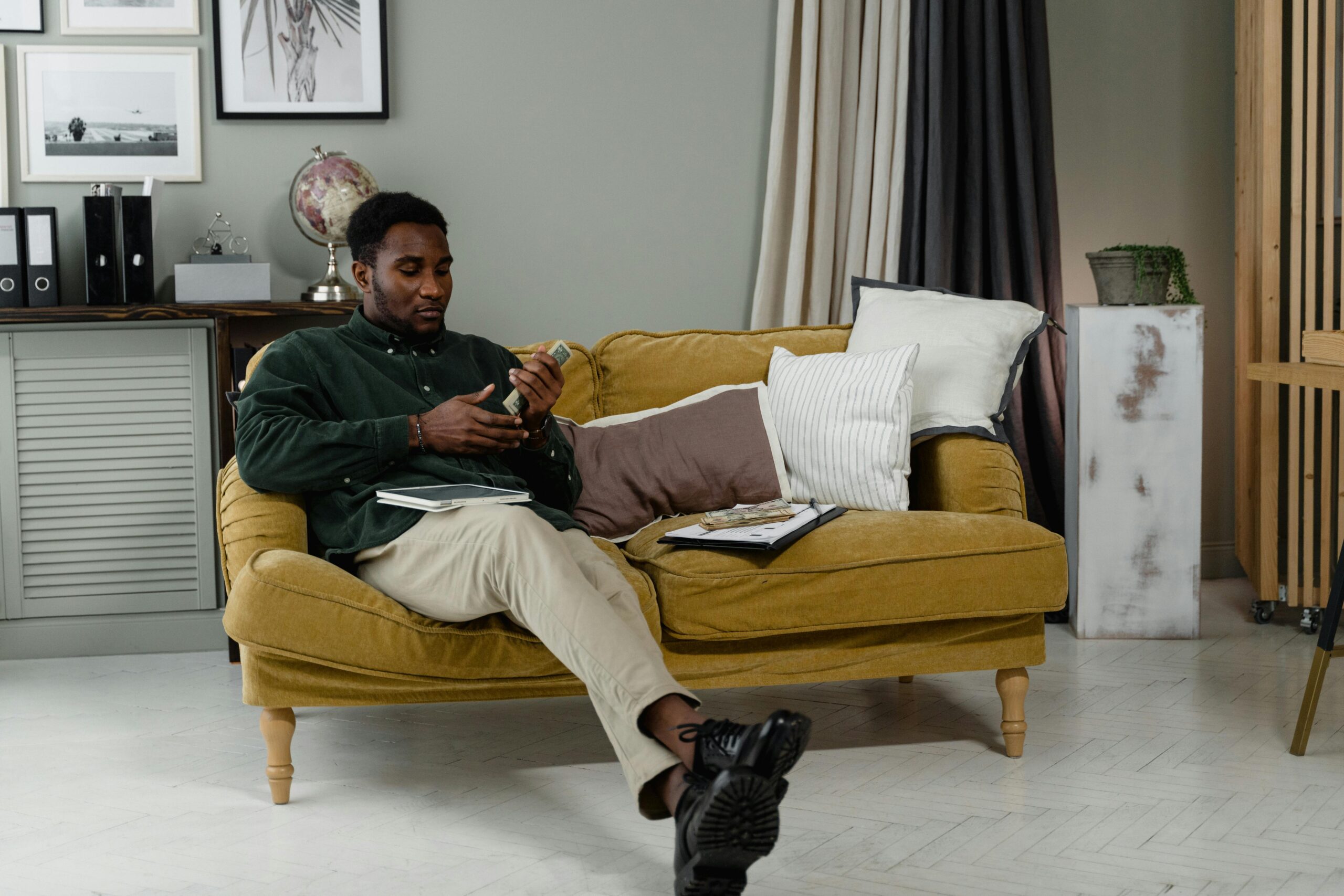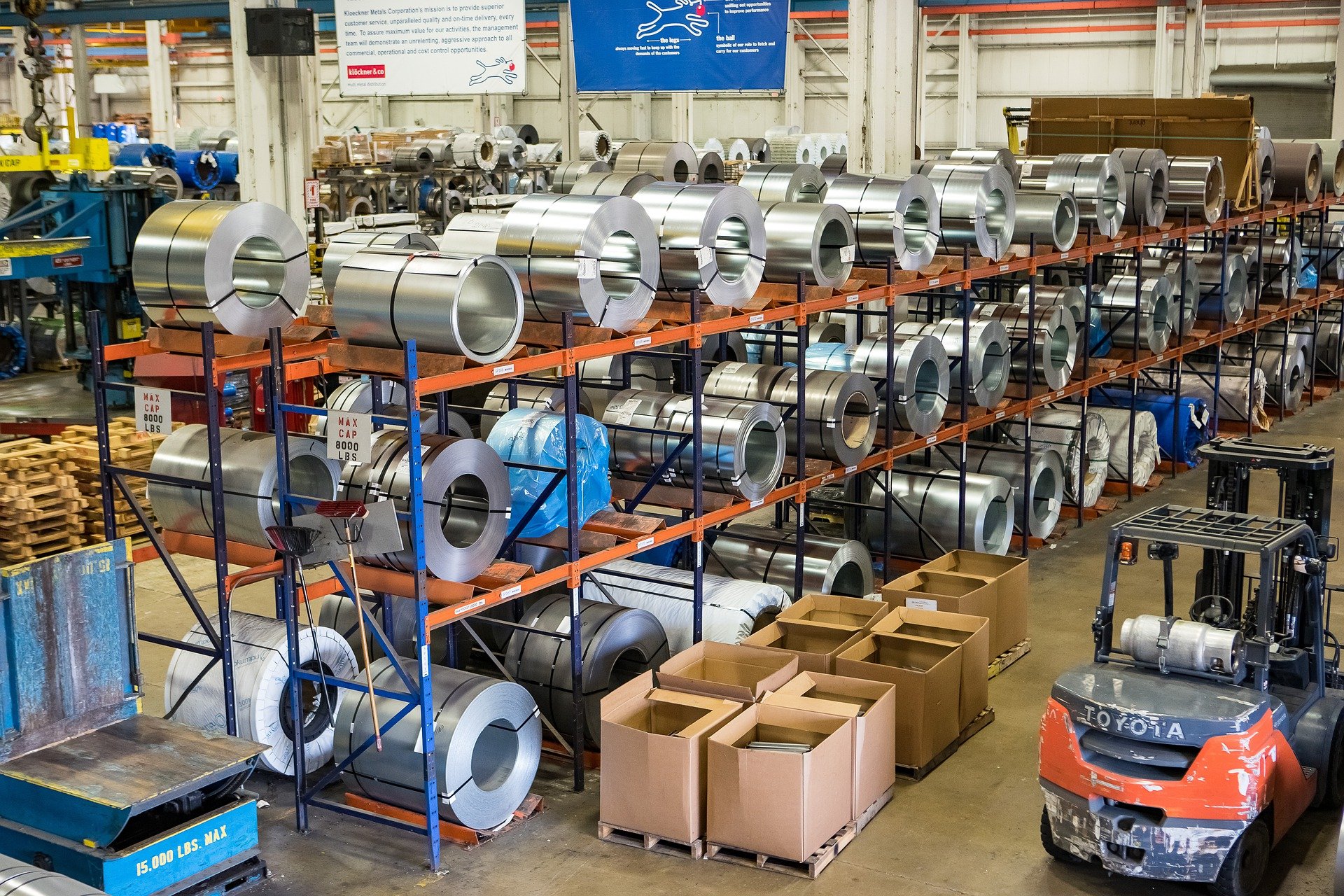With the seemingly-unending COVID-19 pandemic making it all the more necessary to maintain social distancing, state authorities are growing more concerned about how to ensure the practice becomes a norm. The issue of social distancing is also becoming a concern for the offices, schools and other places of gathering, where it is tough to always monitor the distance between people and keep reminding them of the dire need. Frequent nagging can also create poor experience for the people in the public spaces and businesses can risk losing customers over this disruption that has to become the new normal.
Computer vision can be a great technique to work on this problem at hand. Using video analytics on the live feed captured by the overhead cameras, systems can identify locations where people huddled against the norms of social distancing. Using facial recognition and image analytics, connected devices can point out the exact location and the people who are flouting the norms. However, it is distasteful to keep nagging people all the time for their negligence and it also becomes embarrassing for the people to get highlighted. This is where community action is required. It is required that the citizens themselves take the necessary steps to maintain social distance and technology can help by just informing people about huddling, without pointing out to any particular group as such.
Computer vision to identify distancing violations
Don’t be surprised if tomorrow you see most of the public places flooded with CCTV cameras that keep an eye on the movement of people. Facial recognition and object identification, combined with image analytics, will calculate the approximate distance between people and will check if it is in the safe limits or not. The interpretations will also be recorded and analyzed to check which kind of places face more violations of social distancing and which kind of places are often in safe zone. This will help the local authorities to understand which public gathering spaces to be kept open and which ones not in the short term. The places which are found to be overcrowded will then either be sent a notice to manage the situation or will be revamped to maintain the required social distance.
Non-intrusive alerts for distancing
This is where the magic happens. Even though the video analytics systems detect the crowding activity, they won’t raise an alarm or won’t send authorities to counter the situation. Rather, they will inform the people about it in very subtle manner, so that the people themselves make sure that no crowding happens in public places. This will inspire citizen action. Let’s see how.
The public places, like restaurants, offices and schools, will have intelligent lighting systems in place, which will illuminate the room with certain hues to indicate the level of social distance being maintained. The rooms, the public spaces will by default be in a little greenish hue. Alternatively, the lights can also be installed as small overhead lamps, just in case the ambience does not support an overarching greenish hue. The moment crowding begins in a closed environment, the lighting will slowly change to a subtle hue of amber. This should alert the people sitting in that public environment to keep a check around themselves to avoid any kind of overcrowding. This is where the authorities must also try to manage the incoming crowd, while the latter must also avoid entering a place with amber lights. However, if the crowding exceeds the safety threshold and enters into danger zone, the amber lights must give way to red hue, which alerts people to consider leaving the place for their safety.
A very similar concept can also be implemented inside the buses, local trains and underground tubes. The lights inside the vehicles must give an indication of how safe it is to travel in them and therefore, will prevent overcrowding of passengers inside the vehicles. We won’t need conductors or crowd managers to help us with the concern of social distancing. People will be able to check for the lighting inside a restaurant from far away. Even libraries will have different lighting for different zones inside the building.
Even at the bus stops or the underground tube stations, people will be able to check if they are safe to visit and wait at. However, managing the same on the roads can get a bit tough. Therefore, bright indicators will be required on the lampposts or the street lights to make the colors noticeable to all and to help people disperse when the lights indicate overcrowding.
Privacy concerns to be addressed
Citizen action requires building trust, which further requires respecting privacy of people. Governments should enforce it in letter and spirit that the CCTV footage will not be used for unnecessary surveillance. A way to do so can be to have slightly blurred footage being recorded, which still allow precise object identification. This way, the general population will not have the fear or discomfort of being watched all the time and will be able to adopt the new distancing solution easily.
Data security mechanisms have to be strongly in place to ensure no hackers make way into the CCTV cameras that are connected to the city-wide network. Cybersecurity measures will be a top priority if such social distancing solutions are put to practice. The solution will require active participation and cooperation of the citizens and will have to be an entirely citizen-led programme.
Final thoughts
Social distancing will soon become the new normal. Even though the current pandemic will soon leave us in peace, the risk of future pandemics will always remain. This will require that people maintain the necessary distance with everyone around and are informed by intelligent systems that keep monitoring crowding behavior of people in urban areas. Social distancing solutions will soon make their way into the restaurants, chambers of offices, classrooms in schools, conference halls in workplaces, libraries, buses, roads and what not. Let us add color to our endeavors to stay safe and away from future pandemics.











